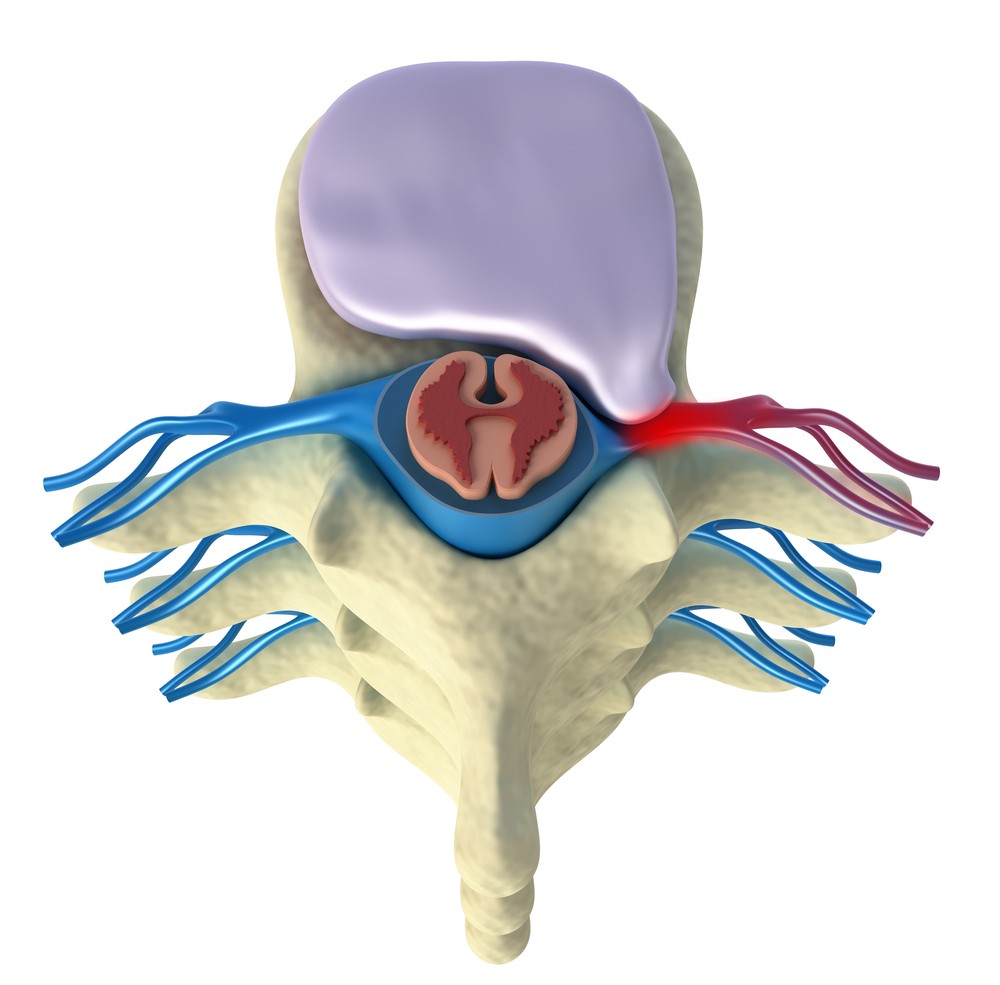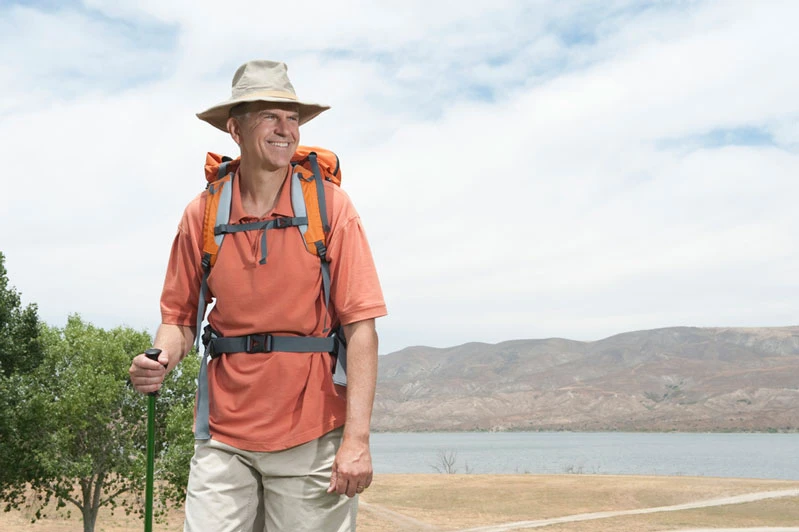Introduction: Embarking on Your Journey to Low Back Pain Relief
Embarking on the recovery journey from a herniated lumbar intervertebral disc (HLD) is a nuanced process. It requires a meticulous approach, especially for individuals actively engaged in sports or physically demanding activities. This article aims to unveil a structured rehabilitation protocol, offering a pathway to manage and overcome the challenges posed by HLD, ensuring that each step taken aligns with the body’s natural healing process.
Contents:
- Understanding Herniated Lumbar Discs: Causes and Risk Factors
- Anatomy and Biomechanics: The Foundation of Your Recovery
- Phase I: Laying the Foundations of Healing
- Phase II: Building Flexibility and Rotation
- Phase III: Enhancing Strength and Resilience
- Phase IV: Returning to Active Life
- Conclusion: Embarking on Your Recovery Journey
Understanding Herniated Lumbar Discs: Causes and Risk Factors
A herniated disc, a prevalent source of lower back and leg pain, occurs when the nucleus pulposus breaks through a tear in the annulus fibrosus, impacting nearby nerves. Understanding the causes and risk factors is crucial for effective management and prevention. These include:
- Age-Related Changes: As we age, our discs naturally lose flexibility, increasing the risk of herniation due to spinal wear and tear.
- Occupational Hazards: Jobs that involve heavy lifting, bending, or twisting, particularly with vibrating machinery, heighten the risk.
- Weight and Lifestyle Factors: Excess body weight puts additional stress on the discs in the lumbar region. Sedentary lifestyles can also contribute to this risk.
- Genetic Predisposition: Some individuals inherit a susceptibility to disc problems, making awareness and preventive strategies even more important.

Anatomy and Biomechanics: The Foundation of Your Recovery
The lumbar spine, consisting of five vertebrae in the lower back, bears much of the body’s weight and is susceptible to injury. Understanding the anatomy and biomechanics of this area is vital for safe and effective rehabilitation. This knowledge is the cornerstone of the back pain exercises and treatment strategies we’ll explore. The intervertebral discs, acting as shock absorbers, and the surrounding muscles and ligaments play a key role in spinal health and mobility.
Phase I: Laying the Foundations of Healing
In this initial phase, our focus is on managing inflammation and alleviating pain, setting a solid foundation for the healing process. Gentle exercises are introduced:
Pelvic Tilts: These subtle movements help mobilize the lower spine, reducing stiffness and improving flexibility.
McKenzie extension: This movement can promote relief and aid in the early stages of herniated disc treatment.

Phase II: Building Flexibility and Rotation
As your journey progresses, we introduce exercises that enhance flexibility and rotation, crucial elements in recovery:
Cat-Cow Stretch: A yoga-inspired movement that increases spinal mobility and fluidity, promoting healing and flexibility.
McGill Curl-ups: These exercises strengthen the core muscles, providing essential support to your lumbar region without overexertion.
Phase III: Enhancing Strength and Resilience
This phase marks a transition to more robust exercises aimed at bolstering the strength and resilience of the muscles surrounding your lumbar spine:
Bridging: This exercise targets the glutes and lower back, promoting stability and strength.
Prone Leg Lifts: Aimed at enhancing the strength of the lumbar and hip extensor muscles, fostering support for the spine.
Phase IV: Returning to Active Life
In the final phase, we focus on reintegrating more dynamic activities into your routine:
Low-Impact Aerobic Exercises: Activities like walking or stationary cycling bolster cardiovascular health while being gentle on the spine.
Sport-Specific Drills: Tailored exercises that facilitate a gradual and safe return to sports, ensuring readiness and confidence in resuming physical activities.

Conclusion: Embarking on Your Recovery Journey
Recovering from a herniated disc is a journey that requires patience and persistence. This brief guide gives you an overview of the necessary supportive strategies for effective lumbar disc rehabilitation. By following these guidelines and incorporating regular back pain exercises, you will be setting yourself on a path to a stronger, more resilient back, and a return to the activities you love.
If you or someone you know is struggling to recover from low back pain issues then go and check out my Lower Back Pain Recovery Challenge today and take the first steps on the road to recovery.

